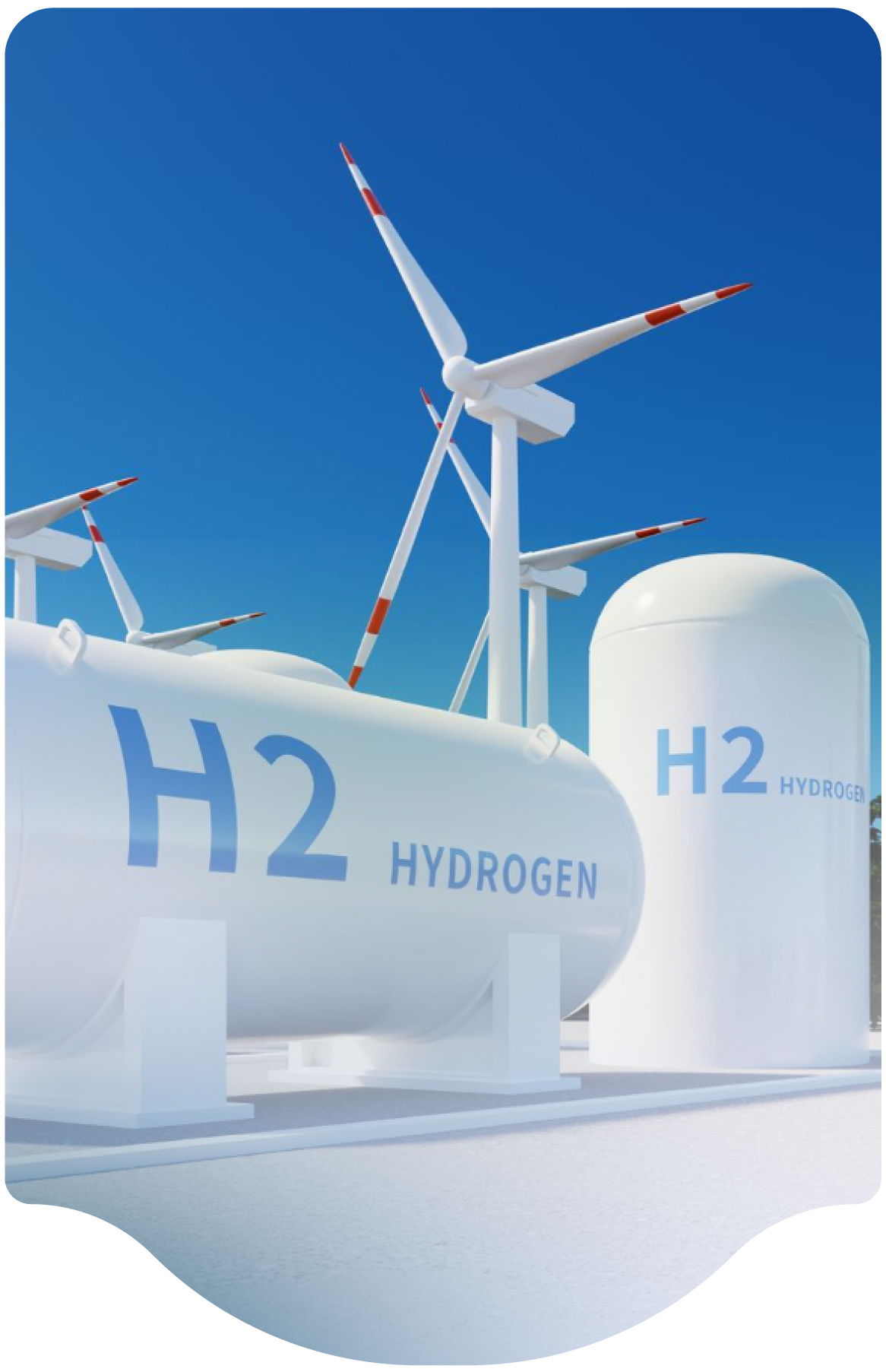Would you recommend depressurizing for a fire scenario?
The answer is dependent upon the nature of the system and a hazard assessment which evaluates a balance of risk.
Keeping the hydrogen in the vessel is better so the hydrogen release does not compound the original hazard. Large flowrates from vessels can create significant risk of vapor cloud explosion, jet explosion, or radiation exposure. Vent systems can also fail from poor design or effects of the incident, so they may not work as intended to vent to a safe location.
However, once exposed to an impinging or engulfing fire, there is a risk that vessel walls may weaken and result in a vessel failure. A vessel failure is generally looked at as a worst-case scenario in most situations and should be prevented if possible. In those cases, the relief systems play a key role, and depressurization of the system is a means to prevent failure.
The most common means to depressurize a system or vessels are through the use of non-reclosing devices such as rupture discs or TPRD’s, or special instrumented systems that purposely depressurize the system in an incident. It should be noted that these devices and systems are not foolproof and could activate spuriously or in unintended situations which can lead to large releases and create significant hazards. The risk must be evaluated by a hazard assessment.

